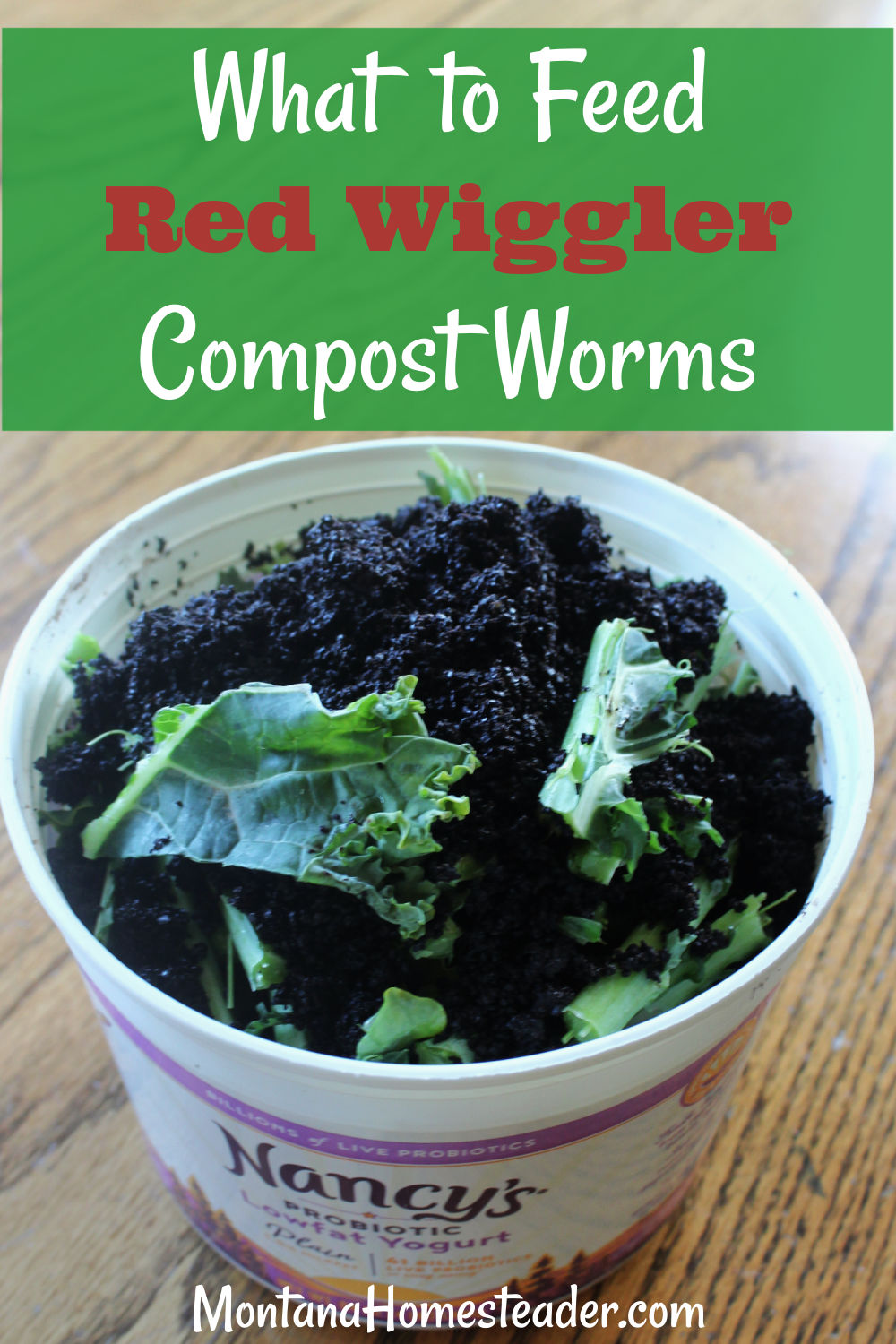Keep Your Lawn Green and Healthy with Expert Guidance from Lake Hickory Bait
Open the Keys of Red Wigglers: Your Guide to Composting Success
The assimilation of red wigglers into composting methods presents a considerable opportunity for enhancing soil health and wellness and advertising sustainability. These microorganisms are not simply effective recyclers of natural waste; they use a myriad of benefits that can transform garden management. Understanding their needs and behaviors is essential for optimizing their capacity, from establishing up a proper worm container to feeding them the best materials. As we discover the crucial parts of successful vermicomposting, one might wonder how these tiny animals can cause a much more dynamic and effective yard environment.

What Are Red Wigglers?
(Red Wiggler Express)Red wigglers, clinically understood as Eisenia fetida, are a species of earthworm largely made use of in composting because of their remarkable ability to decompose raw material efficiently. These worms are defined by their reddish-brown coloration and a fractional body, usually measuring between 3 to 4 inches in size. Unlike other earthworm varieties, red wigglers flourish in abundant, organic settings, making them optimal for vermicomposting systems.
Native to The United States And copyright, they are commonly found in decomposing leaves and garden compost piles, where they play a vital role in nutrient recycling. Their adjustment to staying in a wet, cardiovascular setting enables them to take in huge amounts of natural waste, simplifying right into nutrient-rich spreadings that boost soil health.
Red wigglers reproduce quickly, with a solitary worm with the ability of creating numerous cocoons each week, each consisting of numerous hatchlings. This rapid reproduction price adds to their effectiveness in composting procedures. They prefer temperatures in between 60 ° F and 80 ° F, and their task level enhances dramatically within this array, further aiding in the decay procedure. Understanding the biology and habits of red wigglers is crucial for maximizing their potential in composting applications.
Benefits of Making Use Of Red Wigglers
Harnessing the power of red wigglers in composting uses various benefits that boost soil health and promote sustainable waste management. These amazing organisms efficiently damage down organic issue, changing cooking area scraps and backyard waste right into nutrient-rich vermicompost. This ended up item is remarkably valuable for plant growth, as it improves dirt framework, boosts wetness retention, and improves nutrient availability.

(Red Wiggler Express)Furthermore, the existence of red wigglers in your composting system can accelerate the composting procedure, creating top notch garden compost in a fraction of the moment compared to traditional techniques. The castings generated by these worms are likewise teeming with useful microorganisms that further enhance the soil ecological community.
Establishing Your Worm Bin
Producing an effective worm container is a straightforward procedure that can considerably boost your composting initiatives. The primary step is picking a suitable container. Worm containers can be made from plastic storage bins, wood boxes, or commercially offered worm containers. Guarantee the container has sufficient water drainage and ventilation holes to keep ideal moisture degrees and airflow.
Next, prepare the bed linen material, which functions as the worms' habitat. A mix of shredded newspaper, cardboard, and coconut coir functions well, offering a comfy setting for the worms. Aim for a bed linen depth of regarding 4-6 inches. Moisten the bed linen gently, guaranteeing it appears like a damp sponge without excess water pooling at the bottom.

Feeding Your Red Wigglers
To ensure the wellness and performance of your red wigglers, it is necessary to offer them with a go to this site balanced diet regimen that satisfies their nutritional demands. Red wigglers grow on a diverse array of natural materials, which not just supply necessary nutrients yet likewise advertise effective composting.
Begin by integrating kitchen scraps such as veggie peels, fruit cores, and coffee grounds. Prevent citrus fruits, onions, and garlic, as these can be harmful to worm wellness. Furthermore, present shredded paper, cardboard, and dry fallen leaves to produce a well-aerated atmosphere.
Feeding frequency must be kept track of; usually, worms can take in half their body weight in food weekly. It is critical to prevent overfeeding, as excess food can bring about unpleasant smells and attract pests. An excellent practice is to include food in small amounts, permitting worms to process it before presenting more.
Preserving dampness degrees is also crucial; the bed linens ought to perspire yet not soggy. Finally, make sure to consistently inspect the temperature and pH levels of the container to make certain an optimal atmosphere for your red wigglers, ultimately enhancing their composting effectiveness.
Harvesting and Making Use Of Compost
An effective composting procedure with red wigglers finishes in the rich, dark compost referred to as vermicompost, which can substantially enhance dirt wellness and plant development. Gathering this nutrient-dense product typically occurs every 3 to six months, depending upon the dimension of your system and the quantity of natural issue being processed.
To harvest, gently different the compost from the worms and any undecomposed products. One reliable technique involves relocating the contents of the bin away and adding fresh bedding and food to the void, encouraging the worms to move. After a few days, the compost can be accumulated from the opposite side.
It is important to make use of vermicompost correctly to optimize its benefits. By integrating vermicompost right into your horticulture regimen, you not only reuse organic waste however additionally create a growing community that sustains lasting gardening techniques.
Conclusion
In summary, red wigglers serve as outstanding allies in composting initiatives, changing natural waste into nutrient-rich vermicompost. By recognizing the optimum problems for their environment, feeding needs, and garden compost harvesting strategies, gardeners can improve soil health and promote plant vigor.